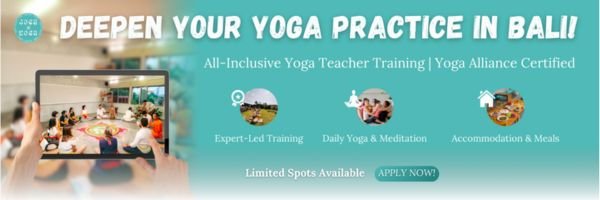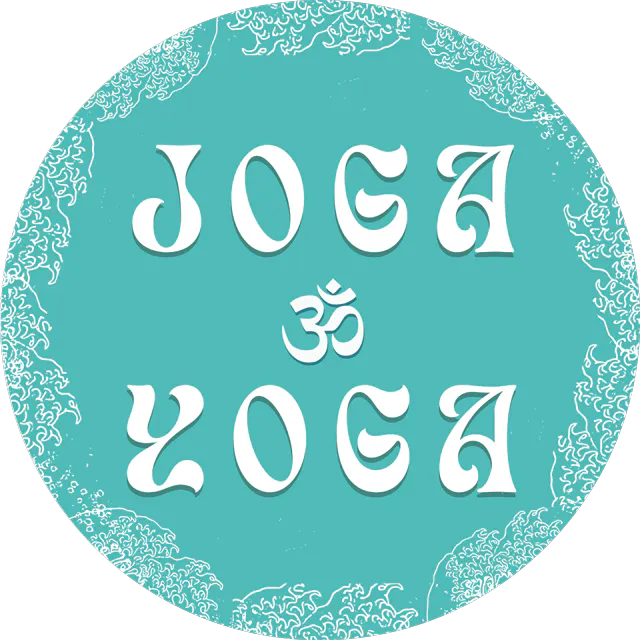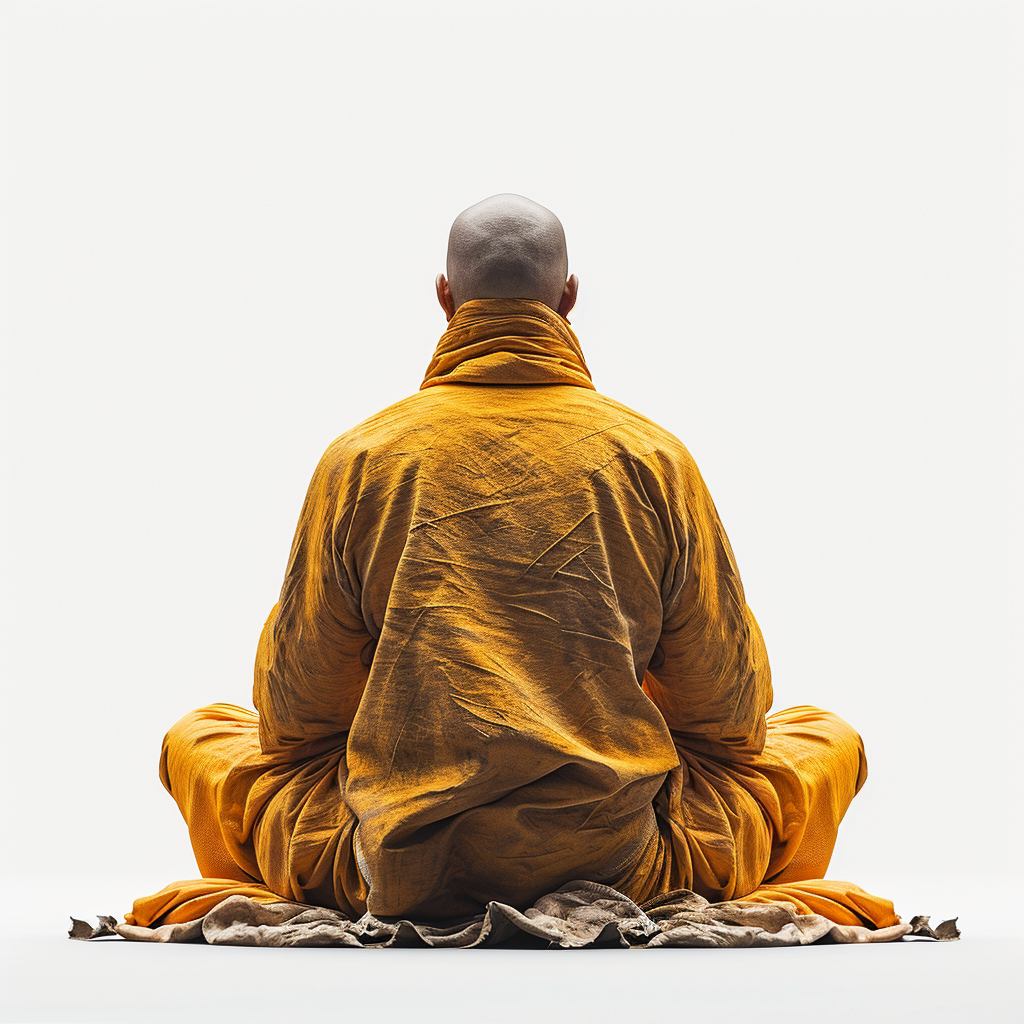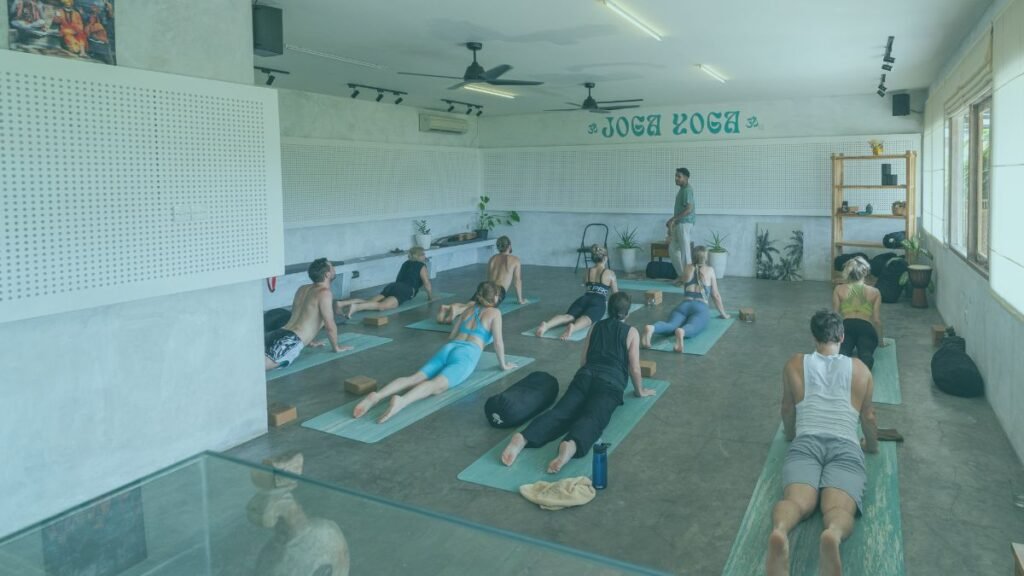What Yogis Really Believed: Your Breath Could Shape Your Lifespan
Ancient yogis believed something profound: you are born with a fixed number of breaths. While this idea isn’t supported by modern science in a literal sense, it offers deep symbolic and physiological meaning. The belief aligns with how yogic breathing practices, like Pranayama, are used to regulate energy, calm the mind, and potentially extend vitality. The slower you breathe, the longer and more balanced your life may be.
This teaching is rooted in the concept of Prana, the vital life force. To the yogi, breath is not merely air—it’s the most tangible expression of Prana. Fast, shallow breaths are thought to disperse energy quickly, while slow, controlled breathing preserves and harmonizes it. That’s why slow breathwork is a cornerstone in practices that nurture longevity, like Nadi Shodhana, a balancing alternate nostril technique.
The goal of this article isn’t to argue whether breath count determines death, but to explore how conscious breathing impacts your health, emotional resilience, and stress regulation. If you’ve ever felt the calming power of deep breathing in yoga, you’ve already experienced what science and tradition are beginning to agree on—how you breathe changes how you live. And if you’re curious about combining yoga philosophy with certified training, check out our immersive Yoga Teacher Training in Bali to go deeper into breathwork and energy control.

Prana: Why Yogic Breathing Is About More Than Just Air
What Is Prana in Yogic Philosophy?
In yogic tradition, Prana is the life-sustaining force that energizes every living being. It’s not simply air or oxygen—it’s the subtle energy that flows through the body’s nadis (energy channels), much like electricity through wires. Prana governs not only biological functions but also mental clarity and emotional balance. For students diving deeper into yogic foundations, our Yoga Philosophy guide explores these principles in detail.
How Breath Channels Prana
Breath is considered the most direct and controllable form of Prana. While we can’t consciously regulate the heartbeat or digestion easily, we can control our breathing. This makes the breath a powerful tool to influence the mind-body connection. Practices like Ujjayi breathing are designed to enhance this flow of energy, refining awareness and control over your internal state.
Breathing Air vs. Channeling Life Force
There’s a key distinction in yoga: breathing air keeps you alive, but channeling Prana awakens higher awareness. Deep yogic breathing techniques move beyond biology into energetic refinement. When we practice conscious breathwork, we are not just oxygenating our cells—we are tuning the vital current of consciousness that runs through us. Learn how this distinction affects everything from mood to metabolism in our Nervous System and Yoga breakdown.
Prana’s Role in Asana, Meditation, and Energy Flow
Whether you’re holding a Warrior II pose or sitting in stillness, Prana is what sustains and informs your practice. In asana, breath supports alignment and energetic flow. In meditation, it anchors awareness and deepens presence. Mastering this relationship is a central focus of our Yoga Teacher Training in Bali, where students learn to integrate breath, body, and mind with precision and intention.
The Fixed Number of Breaths: Metaphor or Mechanism?

Slower Breathing, Longer Living: What Yogis Observed
In yogic philosophy, there’s a striking idea that each individual is born with a finite number of breaths. The implication is clear: if you breathe quickly and unconsciously, you may accelerate your life’s end; but if you learn to slow your breath, you may conserve energy and extend your years. This concept is central to the yogic view of vitality and deeply informs breath-based practices like Pranayama, which are now recognized as key tools in reducing chronic stress and anxiety.
Animal Rhythms: Lifespan Patterns in Nature
Yogis often illustrated this belief with examples from the natural world. Animals like mice and dogs, which have fast breath rates, tend to live short lives. In contrast, elephants and tortoises breathe slowly and live for many decades. This pattern reinforces the yogic view that longevity is tied to breath rhythm, not just genetics. Modern wellness culture often ignores this principle, favoring intense output over balance—something that distinguishes yoga retreats from fitness-based programs in Bali.
Breath as a Reflection of Inner Stillness
For yogis, breath reveals the state of the mind. Shallow, rapid breathing usually signals agitation or fear, while slow, deep breathing reflects calm and control. This feedback loop is foundational in breath mastery. Slowing the breath doesn’t just calm the body—it transforms mental patterns and energetic flow. This principle is deeply woven into Joga Yoga’s curriculum, especially in the 100-hour yoga teacher training which introduces the breath as both a spiritual and scientific tool for self-regulation.
The Role of Pranayama in Extending Vitality
Why Pranayama Is Central to Energy Management
Pranayama is the ancient science of conscious breathing, designed to channel Prana, or life force. It encompasses techniques like Nadi Shodhana, Ujjayi, and Kumbhaka, each with specific physiological and energetic goals. These practices are essential to maintaining balance across the chakra system, especially in energy centers such as the Solar Plexus Chakra, which governs inner strength, digestion, and emotional resilience.
Breathing Techniques to Preserve Life Force
Slowing and retaining the breath through Pranayama isn’t just about calming the mind—it’s about storing and redirecting vital energy. For example, Kumbhaka (breath retention) is believed to suspend the outward flow of Prana, helping practitioners enter a state of internal stillness and conservation. These methods are not abstract ideas—they’re foundational techniques taught in depth in Joga Yoga’s structured Pranayama training guide, where breath becomes both a practice and a pathway to transformation.
What Science Says About Breathing, Aging, and Health
Breath Rate and the Nervous System
Modern physiology confirms much of what yogis intuited centuries ago: the rate and quality of your breath directly impact the nervous system. Fast, shallow breathing tends to stimulate the sympathetic nervous system (fight-or-flight), while slow, deep breathing activates the parasympathetic response, fostering relaxation and cellular repair. One of the most powerful mediators of this effect is the vagus nerve, which links the brain, lungs, and heart into a network that governs calmness, digestion, and recovery. These insights are explored in more depth in our breakdown on how yoga activates the vagus nerve.
Shallow vs. Deep Breathing: Stress and Inflammation
Breathing patterns also influence levels of stress hormones and inflammatory markers. Shallow breathing can elevate cortisol and disrupt immune balance, while deep diaphragmatic breathing supports heart rate variability (HRV), emotional stability, and even metabolic health. In yogic terms, this is the physiological reflection of conserving and balancing Prana—slower breath aligns with internal homeostasis.
Oxidative Stress and Cellular Aging
One lesser-known benefit of slow breathing is its potential to reduce oxidative stress, a process where free radicals damage cells and accelerate aging. By improving oxygen efficiency and lowering systemic stress, slow breathwork may support healthier aging at the cellular level. These physiological mechanisms underpin why breath-based yoga practices are not just spiritual—they’re scientifically beneficial, too.
The Breath as a Gateway to Mastering the Mind

Conscious Breath as a Bridge Between Worlds
In both yogic and modern psychological systems, the breath is the only automatic function you can consciously control, making it a powerful tool for self-awareness. It acts as a bridge between the conscious and unconscious, offering immediate access to the present moment. This principle is the foundation of breath-based meditation practices and yogic self-regulation techniques.
Breathing and Cognitive Performance
Controlled breathing has been shown to improve attention span, sleep quality, and anxiety regulation. Slower breathing shifts the brain into alpha and theta waves—states associated with relaxation, learning, and creativity. These neural shifts support neuroplasticity, the brain’s ability to rewire itself. For people caught in cycles of overthinking, the breath provides a direct off-ramp. Our guide on yoga for overthinking explores how mindful movement and breath awareness can ease mental loops and improve clarity.
Emotional Regulation and Inner Stability
In therapeutic settings, slow breathing is now used to treat trauma, panic attacks, and emotional dysregulation. In yoga, it’s long been understood that mastering the breath means mastering the mind. By regulating the breath, practitioners gain access to their inner world, not through suppression, but through awareness and flow.
Want to Master Your Breath? Start at Joga Yoga
If you’re ready to move beyond theory and into deep practice, Joga Yoga’s 200-hour teacher training program in Bali offers a structured, immersive way to master the breath. This program doesn’t just teach asana—it integrates Pranayama, yoga philosophy, and energy work into a holistic learning experience. Daily breath practices are guided by experienced teachers who understand how to combine ancient wisdom with modern science.
You’ll explore not only how to perform Pranayama, but also how it influences the nervous system, emotional health, and energetic alignment. With small group sizes, traditional teachings, and a focus on authenticity, this training is ideal for anyone looking to gain real skill in breath-based yoga. Learn more about the Yoga Teacher Training in Bali and take the first step toward mastering your breath and transforming your life.

What It Really Means to Breathe for Longevity
At the heart of both yogic philosophy and modern science lies a simple truth: the way you breathe shapes the way you live. Slow, conscious breathing is not just calming—it’s regenerative. It influences how you age, how you handle stress, and how present you are in your own life.
You may not literally be counting down a finite number of breaths, but you do control the quality of each one. The yogic path invites you to slow down—not just your breathing, but your entire experience of life. This approach builds resilience, vitality, and presence in a way that’s deeply personal yet universally relevant.
In the end, to breathe well is to live well. And that’s a practice worth committing to, one inhale at a time.






